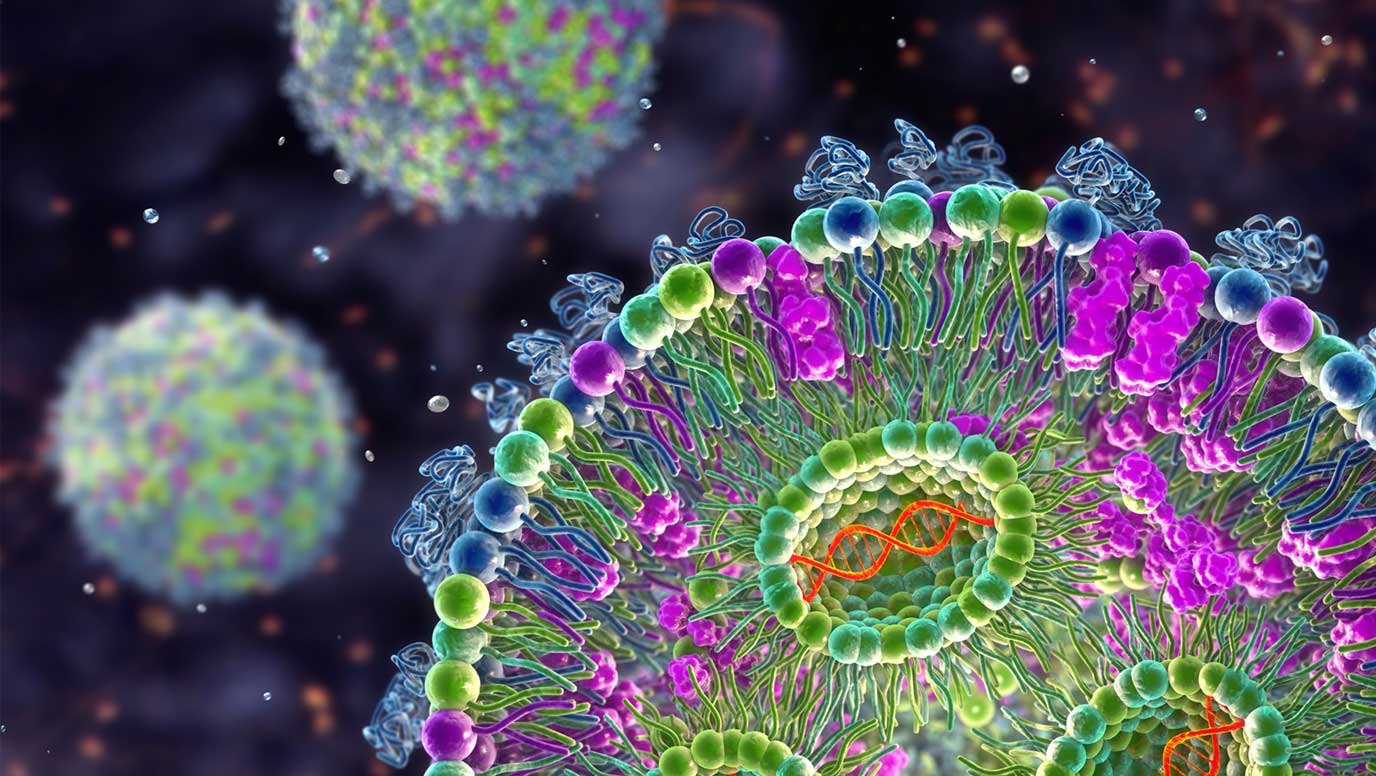Onwards, Forwards and Upwards – Biotech and Pharma IP in 2025

Recently there has been increasing interest in drug targeting – getting therapeutics to the right place in the body and with minimal toxicity.
Great strides have been made in gene editing, but targeted delivery and off-target effects continue to present challenges. Improving delivery is also a key driver for other therapeutic modalities such as siRNA.
One example target which is under wide investigation is the transferrin receptor, which can act as a portal to transport drugs into cancer cells, across the blood-brain barrier and to selectively target tissues and organs. Peptide and antibody tags which could improve targeting represent attractive prospects.
Multifunctional molecules, which can simultaneously provide multiple pharmacological effects, represent another major focus in the industry. These include bispecific and multispecific antibodies, and other more elaborate immunoglobulin-based molecules. Cell and gene therapies also continue to develop apace.
Finally, it would be remiss to ignore AI, which is the talk of the town. AI is now starting to overlay a significant proportion of research in drug discovery, and this will inevitably ramp up in the future. We expect 2025 to see no shortage of patent filings in all of these fields.
The UPC continues to thrive
Moving on from the technology, a major talking point for IP generally is the new Unified Patent Court (UPC). The UPC became operational on 1 June 2023, causing a seismic shift in the patent litigation landscape in Europe. At the same time the Unitary Patent was introduced - a singular patent providing simultaneous protection across a significant number of European countries.
The UPC offers the possibility of obtaining a comprehensive range of remedies across a substantial part of Europe at a reasonable cost. J A Kemp gained rapid experience of the new Court, acting to defend two of the early revocation actions.
The UPC issued a steady stream of decisions in 2024, generally meeting its objective of issuing a first-instance decision within approximately 12 months of the commencement of proceedings. It will be interesting to see if this impressive pace is maintained!
Decisions issued to date have covered a wide range of matters, and these have been scrutinised to determine the nature of the legal approaches being adopted. For instance, the UPC appears to be aligning itself with the European Patent Office in certain areas, but less so in others. We look forward to seeing the Court develop through 2025 and beyond.
That said, whilst the UPC is shaping up to be a success story, it remains the case that significant numbers of patentees have preferred to opt out of the system.
This may account for the lower number of decisions concerning validity as opposed to infringement of patents. It is though possible to withdraw an opt out (effectively opting back in) and it will be interesting to see if this becomes more common in 2025 as confidence in the new Court continues to grow. We eagerly await more decisions from the UPC Court of Appeal in 2025, as this will help to solidify the ever-expanding case law.
IP in the USA
Looking beyond Europe, the USA is of course a major jurisdiction for patentees so it is important to understand the peculiarities of the US system.
A series of Supreme Court decisions has limited the number of inventions eligible for patent protection in the USA in a wide variety of fields, including medical diagnostics, software and business methods. Many innovators are concerned that these so-called “judicial exceptions” have undermined their ability to secure protection for their inventions.
The proposed Patent Eligibility Restoration Act (PERA) seeks to provide clarity by removing all judicial exceptions and establishing that only certain explicitly defined subject matter (such as a natural process wholly independent of human activity) is ineligible for patent protection.
Although some argue that PERA removes incentives for development in future unknown fields, it has drawn support from both sides of the aisle. PERA was formally introduced to Congress on 6 September 2024.
Away from the courts, some argue that the Patent Trial and Appeal Board (PTAB) of the US Patent and Trademark Office has become a forum where patent claims are too frequently invalidated.
Intended as a quick, low-cost alternative to court, some stakeholders complain that the PTAB is being inappropriately used as a supplement to litigation. Certainly it appears that a large proportion of PTAB proceedings also have co-pending proceedings in court.
The proposed Promoting and Respecting Economically Vital American Innovation Leadership (PREVAIL) aims to reform the PTAB for the benefit of patent owners, for example by prohibiting duplicative proceedings. It moved to a full vote in the Senate in December 2024.
Previous versions of PERA and PREVAIL have appeared on the legislative agenda in the past with little success, but with a new Presidential administration we may see developments in this area in 2025.


